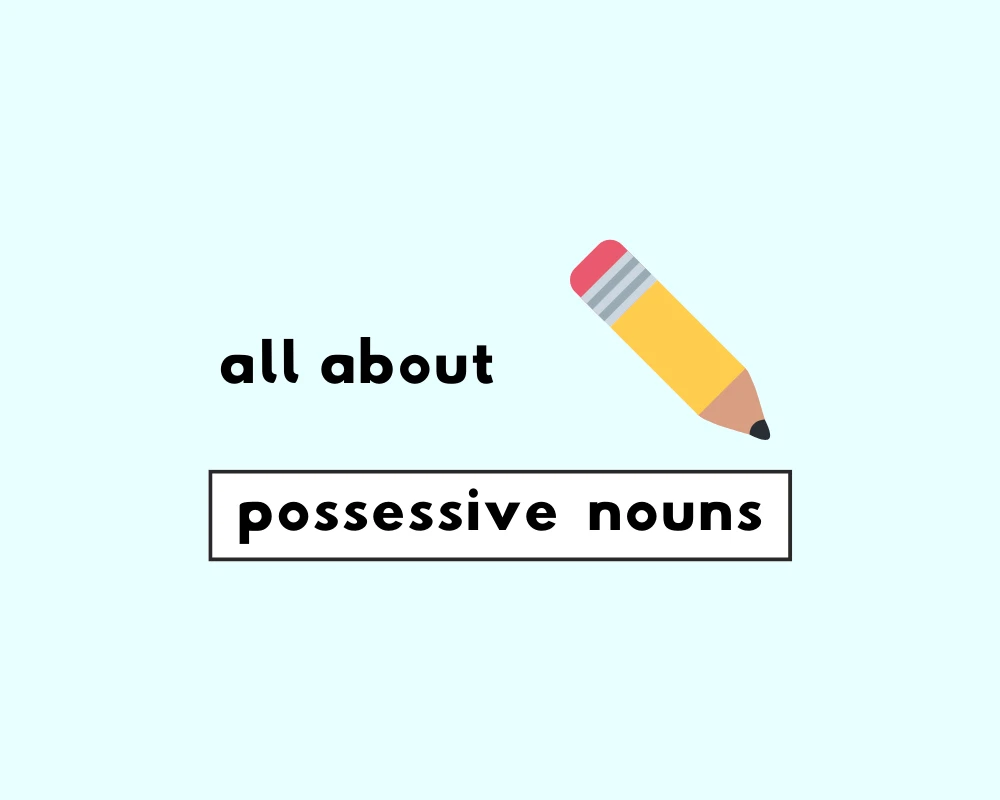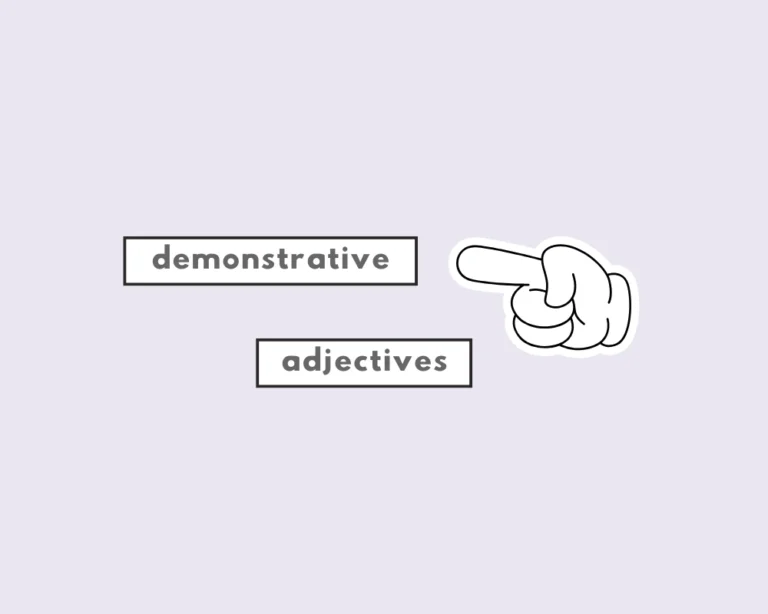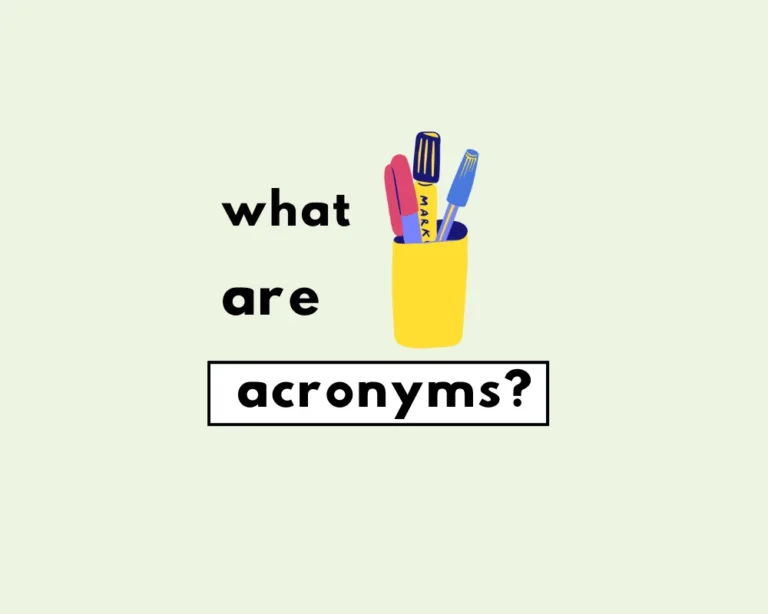What are possessive nouns?
How can you show that something belongs to you without explicitly stating it’s yours? This is the function of possessive nouns in grammar. We form possessives by adding apostrophe ‘s to the end of a noun, e.g., “Ashley‘s car”. The apostrophe + s attached to Ashley’s name tells us that the car belongs to her.
The student’s locker is broken.
My grandmother’s recipe is famous.
The students locker is broken.
The dog’s are barking loudly. (Incorrectly uses the possessive form for a simple plural noun)

The object of possession or association will usually follow directly after the possessor in a sentence (e.g., “Jane’s sister”, “Ashley’s car”). This helps clarify the relationship between the person (possessive noun) and the object/objects of possession or association.
Keep in mind that just a because a noun is possessive, this doesn’t indicate literal ownership of something. E.g., Jane doesn’t literally own her sister, so the ‘s here indicates a relationship rather than literal ownership (the context will usually make the relationship between possessive noun and object of possession/relation clear).
Possessive nouns, visualize adding “‘s” to a person’s name (like “John’s”) to show ownership; this creates a visual association linking the apostrophe-s to possession.
How to form possessives
| Possessive noun | Form | Example |
|---|---|---|
| Singular noun, or plural nouns that do not end in “s”. | Add ’s | Tom’s jacket; Sarah’s sister; the children’s books. |
| Plural nouns that end in “s,” or singular nouns ending in “s” (and look plural). | Add ’ | The puppies’ food; the dress’ material; United States’ politics. |
| Singular names ending in “s” | Add either ’s or ’ | Charles’ book; Thomas’s place. |
| Types of nouns | What’s the plural of …? | |
| plural-only nouns | …moose? | |
| common nouns vs. proper nouns | …octopus? | |
| collective nouns | …cactus? | |
| abstract nouns vs. concrete nouns | …analysis? | |
| mass nouns | …curriculum? | |
| regular and irregular nouns | …crisis? |
Answer key
- a) The cat’s meow was loud.
- a) child’s
- a) teacher’s
- c) The dog chased its tail.
- c) friends’
- a) James’
- c) John
- c) children’s
- b) The companys’ profits are soaring.
- c) tail
Work Sheet
According to the post, what is the main function of a possessive noun?
How do you typically form the possessive of a singular noun, according to the post?
Which sentence correctly uses a possessive noun according to the examples provided?
According to the post, what does the possessive ‘s sometimes indicate besides literal ownership?
How do you form the possessive of a plural noun that ends in “s” (like “puppies”)?
Complete the sentence with the correct possessive form: The _______ bone was buried in the yard.
Complete the sentence with the correct possessive form: The _______ toys were scattered everywhere.
Complete the sentence with the correct possessive form: The _______ uniform was muddy after the game.
Complete the sentence with the correct possessive form: _______ recipe for pie is famous.
Complete the sentence with a correctly formed possessive noun as shown in the post: _______ sister is visiting this weekend.
Frequently Asked Questions
What are possessive nouns?
+
How are possessive nouns formed?
+
Do possessive nouns show ownership?
+
What are common mistakes?
+
Where is the possessed object?
+
Yash, D. "What are Possessive Nouns? (Formation of Possessive Nouns)." Grammarflex, Jun 15, 2025, https://www.grammarflex.com/what-are-possessive-nouns-formation-of-possessive-nouns/.
Sources
-
High School English Grammar and Composition, P.C. Wren.











